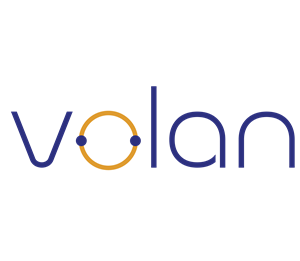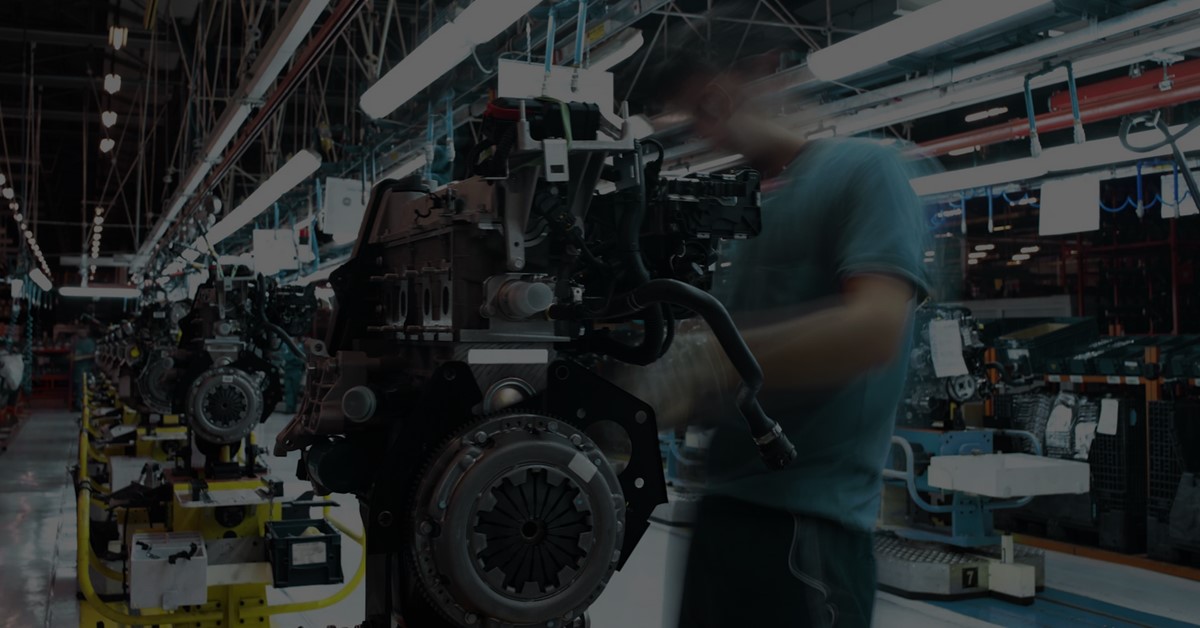Top 5 Reasons Manufacturers Need Location Intelligence | Blog Post
 June 8, 2022 | by Michael Bettua, Founder | Blog Post | Manufacturing
June 8, 2022 | by Michael Bettua, Founder | Blog Post | Manufacturing
Location intelligence technology pushes manufacturers ahead of the competition by minimizing wasted time and increasing productivity.
Manufacturers today face more challenges than ever in seeking higher operational efficiency in an increasingly competitive market. Location intelligence is changing how businesses operate, from optimizing profit margins to ensuring safety compliance.
Location intelligence software can help your company improve efficiency, reduce unproductive hours and increase profits.
What is location intelligence?
Location intelligence is the use of geospatial data to identify and solve business problems. Geospatial data is used across industries but is particularly impactful in operations-focused categories such as workforce optimization, route planning, cost auditing, and employee safety.
Deeper data-driven insights into operational processes give manufacturers the knowledge to optimize their operations and better address their customers’ needs.
1. Labor Analytics
Adequately forecasting and allocating labor takes stress off an already stretched thin workforce, especially because manufacturing has seen the biggest post-pandemic spike in job quitting of all industries. Understanding the location patterns of humans helps manufacturers determine whether their labor needs are over- or under-resourced.
Location intelligence software analyzes data to reveal the labor impact at the operator, department, plant, and even corporate levels of the organization. Indicators of labor impact include both availability and performance.
Availability
The most basic criterion of an effective workforce, availability, is concerned with when an employee can be at a specific location. Factors influencing labor availability are indicated by the following:
- Absenteeism: Measures include approved and unapproved leaves, illness, and other company-defined activities such as trainings or meetings.
- Indirect Utilization: Indirect time includes idle time, shift changes, machine downtime, or supply delays.
- Scheduling: Simply put, scheduling is having the right amount of people with the right skills at the right time. Beyond merely having workers on-site, granular availability data can show when and where your most skilled and expensive labor is needed most.
Performance
Performance measures your workforce output, determines your efficiency standards, and ultimately informs your production schedule to satisfy customer needs. Location data can provide valuable performance indicators such as:
- Incentivization: Identify and reward your most productive workers to improve retention and reduce labor turnover costs.
- Training and skills: Do employees know how to do their assigned tasks? Are employees completing tasks quickly and satisfactorily? Seek opportunities to retrain employees or teach new skills based on performance.
With accurate data on projected versus actual labor costs, operators can optimize hourly labor by making smarter business decisions about hiring, training, or scheduling. High visibility into productivity also helps companies audit temporary contractors to understand their efficiency and real value to the business.
2. Route Planning
Maps and geospatial data have already been used for route planning purposes for years.
One such example is the UPS routing software Orion, which calculates the best possible routes for trucks. GPS data informs fleets of optimal driving routes to reduce time and increase gas efficiency. Location intelligence data from UPS trucks revealed that left turns are on average slower and less fuel-efficient than right turns. By avoiding left turns, UPS saves an estimated 10 million gallons of fuel annually. The routing software considers this when planning routes and prioritizes right turns. Real-time traffic reports input additional location intelligence data to reroute drivers when roads close or accidents occur.
On a smaller scale, route planning can be implemented at the facility level instead of city-wide to create similar process efficiencies. Adding location intelligence to your manufacturing facilities can reveal where workers face bottlenecks.
On average, factory workers walk 3.9 miles per day to find parts, assemble them, and complete key production processes. In large facilities, workers may walk up to four times as much.
Now imagine cutting that total distance in half, thus saving an hour per worker per day, compounding into thousands of hours per year. Route planning finds the most efficient path possible to reduce the distance a worker needs to travel and the total number of trips a worker makes, giving back valuable time.
3. Root Cause Insight
Location intelligence has a unique ability to inductively identify the cause and effect of investments. Traditionally, root cause analysis is supported by data from machines or manual observations from employees. Advancing technologies in manufacturing can now leverage location intelligence of assets and people to derive faster, more accurate analysis.
Time and motion studies are a critical method for obtaining data on process efficiency, however conducting time and motion studies are often an expensive and manual process. Look beyond the days of sampling process step times over the shoulder of a worker with a stopwatch in hand.
New technology enables real-time analysis of people’s movement, translating movement into actionable business insights. Instead of conducting a time and motion study to set efficiency standards annually, location intelligence software can conduct studies to audit these standards every week or even every minute. Location intelligence gives you true insight into the cause and effect of process changes to explain exactly what is happening on the shop floor in real-time.
For example, time and motion analysis reveal that a maintenance worker regularly spends an inordinate amount of time in front of one piece of equipment. Immediately, a manager can determine that this piece of equipment needs to be replaced or operators are not using the equipment properly. When paired with additional location insights into productivity, the manager finds the root cause — employees spend significantly more time in the area operating on this piece of equipment. A higher volume on the piece of equipment correlates to a change in incentive piece pay, which, unfortunately, promoted bad operational practices.
4. Accurate Accounting
Understanding your labor cost and maintaining accuracy is essential to running a profitable operation. With the rising cost of labor in 2022, manufacturing companies across the nation are allocating up to 70% of their expenses solely on labor. From 2007 to 2021, unit labor costs increased in all 86 NAICS manufacturing industries.
Without accurate data on your labor force, there is no way of knowing how much each additional employee costs your organization. Furthermore, this lack of data makes it impossible to project current or future hiring capabilities. Perhaps most importantly, you cannot confidently price your goods without knowing the cost of labor associated with producing it.
Location intelligence uses worker location data to inform accounting accuracy by understanding not only when people are at work, but also how productive they are. Some factors to consider include:
- Accurate P&L reporting with detailed breakdown of labor cost by site, shift, role, SKU, etc.
- Audit projected vs. true production cost for better forecasting.
- Labor utilization (labor content vs. total labor content + idle time).
- Compare sites, shifts, roles, work zones and jobs to identify most productive and least productive labor utilization areas.
- Accurately capture labor cost per SKU to optimize pricing, prioritize high-margin SKUs or eliminate unprofitable ones.
- Know actual cost per unit of production, e.g., cost per yard/per pound for accurate P&L reporting.
Volan Technology revealed over $3,000,000 in annual labor savings in a Fortune 500 manufacturing client. The critical discovery was a $2.75M difference in their standard vs. actual labor cost of production. These factors inform how to optimize pricing strategies to increase profit margins through ensuring accurate billing of hourly labor and contractors.
5. Safety & Security
Location intelligence proves to be invaluable when it comes to adding an additional layer of validation to a manufacturing facility’s security. There are two main ways your company can leverage location intelligence for safety and security:
- With geofencing and real-time alert systems, it is possible to know if personnel are approved to be in restricted areas. Reducing unauthorized access to equipment and areas improves physical security and decreases the risk of injury to your employees.
- Any change initiated to the configuration of the plant floor can be double-checked against the geo-fenced location of the user making the change, combining physical security standards with cybersecurity.
When paired with other facets of location intelligence, including route planning and labor analytics, your workers can accomplish more with less effort. Walk fewer steps, take fewer trips across the facility, and maintain optimal levels of labor utilization to reduce strain on an already stretched-thin workforce.
Embrace Location Intelligence with Volan Technology
Volan Technology combines all of the above features into a single platform through which you can optimize your operation. Increase the location intelligence of your business and improve decision-making with an intelligent platform that uses IoT and machine learning.


